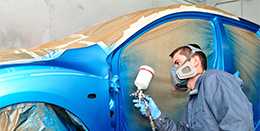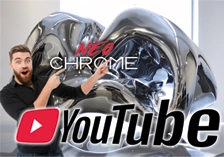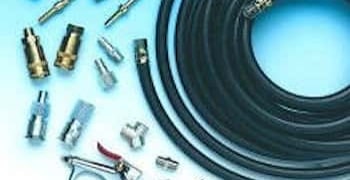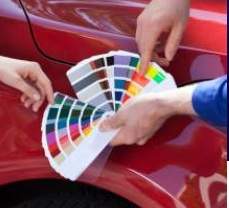 Direct gloss auto paints
Direct gloss auto paints
Let's talk about the different types, offers and innovations in direct gloss body paint. Direct gloss car paints have come a long way in the history of automotive paint, from the production of the first vehicles in the early 20th century to the choice of gloss paints.
These had to protect the body from oxidation and abrasion and their color had to withstand the tests of the sun, rain and chemicals or fuels. In mass production, we went through the paint chains successively, from the first glycerin paints, to nitrocellulose paints, to polyurethane-acrylic paints polymerized with isocyanates. Only they have finally provided real endurance and a possible 20-year lifespan.
Direct gloss paint for cars today
It has largely been abandoned by paint professionals, such as major car manufacturers, in favor of the two-coat paint method. However, it is still used in some cases where economy and efficiency are sought more than aesthetics:
- More or less old vehicles
- Circles
- Industrial, metal or architectural structures
- Utilities, machinery, trucks, buses
However, direct gloss car paint is still today an essential product and solution: with, for example, the creation of colors according to color cards or car color codes of the manufacturers ... who does not know the eternal "Glacier White "From Renault ? Today, direct gloss car paints have kept their place because they have benefited from innovations and improvements, with UHS products, low in solvents, harder, brighter ...
 The new 2C paints
The new 2C paints
Hi-Gloss UHS paint is a good example of improvements in paint chemistry, which often occur by combining the qualities of different resins. It is known that the classic direct polishes are polyurethane acrylics.
The new Hi-Gloss range comes from an acrylic - polyester - epoxy blend, which shows an optimal balance of quality between grip, hardness, shine and drying speed. Know that there are many other resins to discover that will soon be discussed ...
Epoxy paints for cars
They have excellent hardness and unrivaled gripping properties. For this reason they are often used in the composition of primers and primers. But why are epoxy paints no longer found in car paints and finishes ?
Well, the reason is that they don't support UV rays well ... And that's a big weakness when you're supposed to be out in the open for 20 years. The solution ? Offer them in colors full of opaque dyes and pigments, which prevent yellowing.



















































































